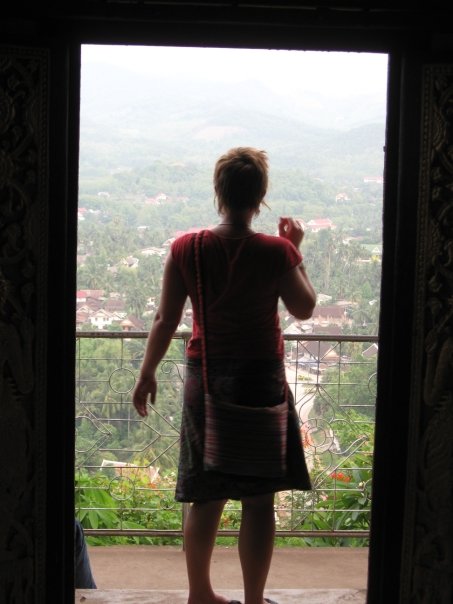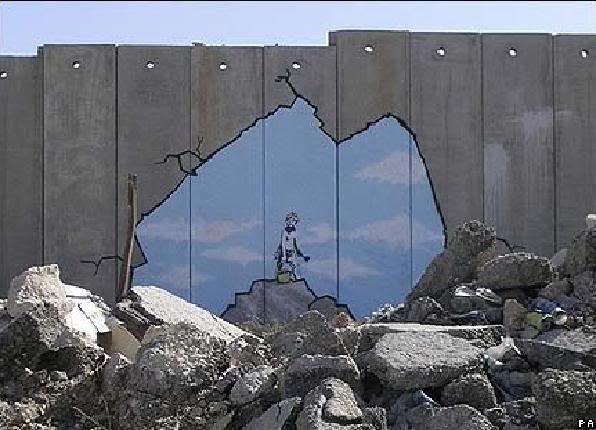 I’ll never forgot the republic referendum held in Australia in 1999.
I’ll never forgot the republic referendum held in Australia in 1999.
The polls had looked bad in the weeks leading up to the vote, with the combination of those genuinely in favour of us continuing to be a constitutional monarchy and those unwilling to vote in favour of the specific republican model on offer holding a modest but firm majority but I never lost my optimism. It just seemed too ridiculous that we’d turn down the chance to take the final step of legal independence from Britain. Yes, it’s symbolic, but that’s precisely why it was an important step. And as the day arrived the polls were tightening right on cue.
The day of the vote was sunny in Sydney and I had a great time handing out how to vote cards for the Yes campaign. At the time I lived in an electorate that generally voted conservative, being older and wealthier than the average, but it felt clear that the majority were voting the way I wanted that day. The energy from those taking out how to vote cards was very positive and they clearly outnumbered those taking the cards from the No campaigners. We’ve got this! I thought.
I was at a party when the results came in. It was relatively early in the evening when the outcome became clear. It wasn’t even that close. We’d lost, 55 to 45, and didn’t carry a single state.
I was stunned. Mortified. Outraged. I couldn’t understand how this could have happened. Almost everyone I knew was voting Yes. My family, my friends. Even in the moderately conservative seat of North Sydney the vote had clearly favoured us. How had we lost? How could the rest of Australia have made this appalling error? The emotional hit was worse than anything I’ve experienced after an election. I was confused, angry and sad.
And I wasn’t the only one. The mood of the party went sour quickly. Someone admitted to voting No and was set upon (verbally) by a couple of people. More arguments broke out. I wasn’t even in the mood to drown my sorrows or ramble philosophically and so left. It turns out that North Sydney was something like the second highest Yes vote in NSW. And my friends and family were nowhere near representative of the feelings of the population overall. I was living inside a bubble, and was disorientated when it burst.
I was reminded of all of this today when I read “Hashtag Feminism” in The Monthly, a review of a recently released collection of feminist writings from the Destroy the Joint organisers called Destroying the Joint: Why Women have to Change the World. The author notes a disjunction between the feeling expressed in the writings that Destroy the Joint had been an establishment-shaking, world-changing movement of real social significance and that fact that she herself had never heard of them before, and nor had anyone she knows.
This is what most of politics is like most of the time. We all exist within our bubbles. There is no neutral ground upon which to stand and assess “mainstream opinion.” Those who claim to speak on its behalf rarely resemble the masses they pretend to be one of.
The reviewer of the Destroy the Joint book felt that “many of the contributions to this book highlight, for me, the insularity of hashtag activism: social media as echo chamber.”
But life is an echo chamber. We live in a particular place, surrounded by other people who live in that place. We interact with others in a particular industry or cultural community. We seek out those who share our interests and values. And, yes, social media reflects these general barriers to infinite understanding which exist in human societies.
As is so often the case the new thing being discussed, in this instance social media, is being pointed to as a reason for our insularity when in fact it merely reflects it. It takes effort to seek out and understand the viewpoints of those unlike us. Few of us do it enough. It’s easier to consume content I mostly agree with or about things I am already interested in.
However in identifying this shortcoming of social media, and of the Destroy the Joint movement, but really of humans in general, it’s easy to miss the real story here. We’ve always been insulated from the full spectrum of human experience and opinion but before social media our isolation could very well be an entirely individual experience. In so many domains people previously believed that they were “the only ones,” whether it was gay kids in the country or women frustrated with the general level of misogyny in our society or someone obsessed with blues in the suburbs.
Now for whatever it is is you’re into there’s others like you forming communities online. And yes, deep engagement with a community is perspective-skewing, but so too is watching the commercial TV news each night (you might think, for example, that we are suffering from a crime wave or a weak economy).
For those who have become involved in feminist activism as a result of Destroy the Joint I have no doubt the experience has been genuinely world-changing, discovering a community of others who feel strongly about the same issues as them and are prepared to do something about it would be incredible empowering and exciting. Have they won the battle against misogyny in the last nine months? Of course not. But they are active and involved and speaking up and changing lives and inspiring active citizenship and that's actually pretty awesome.
This is how it works in a democracy. We find others who care about the things we do and we work together to convince others and affect the changes we feel are needed in our community. And social media has given us a powerful new set of tools to do this convincing and connecting, to learn from and to share our experiences and to support and sustain each other in the long-term effort to create a better future.
Image by zzub nik on Flickr made available on a creative commons license.
 My timing was a bit off on this - reports have emerged of the head of Invisible Children and filmmaker behind KONY2012, Jason Russel, being detained by the police while having some sort of emotional
My timing was a bit off on this - reports have emerged of the head of Invisible Children and filmmaker behind KONY2012, Jason Russel, being detained by the police while having some sort of emotional 
 Yesterday afternoon I listened as K exhibited patience and tact beyond what I would have been able to muster while dealing with a customer service nightmare with Blue Shield of California, her health insurance agency. She has probably spent an hour+ on the phone with them three times in the past week, trying to get what seems like a simple issue resolved.
Yesterday afternoon I listened as K exhibited patience and tact beyond what I would have been able to muster while dealing with a customer service nightmare with Blue Shield of California, her health insurance agency. She has probably spent an hour+ on the phone with them three times in the past week, trying to get what seems like a simple issue resolved.

 "Community Manager" is the job title of the moment but beyond those with this written on their business cards the truth is that anyone doing social media work on behalf of an organization is doing community management work. You are the face of the organization, front-of-house, the link between internal organization and external community, at least online.
"Community Manager" is the job title of the moment but beyond those with this written on their business cards the truth is that anyone doing social media work on behalf of an organization is doing community management work. You are the face of the organization, front-of-house, the link between internal organization and external community, at least online.